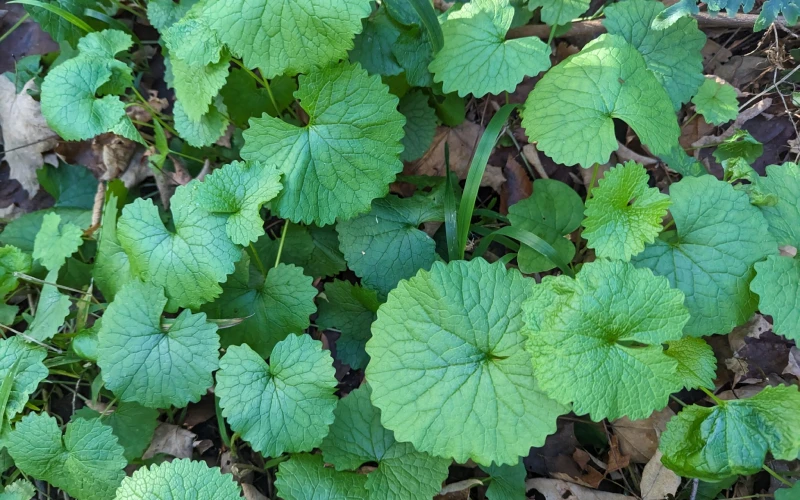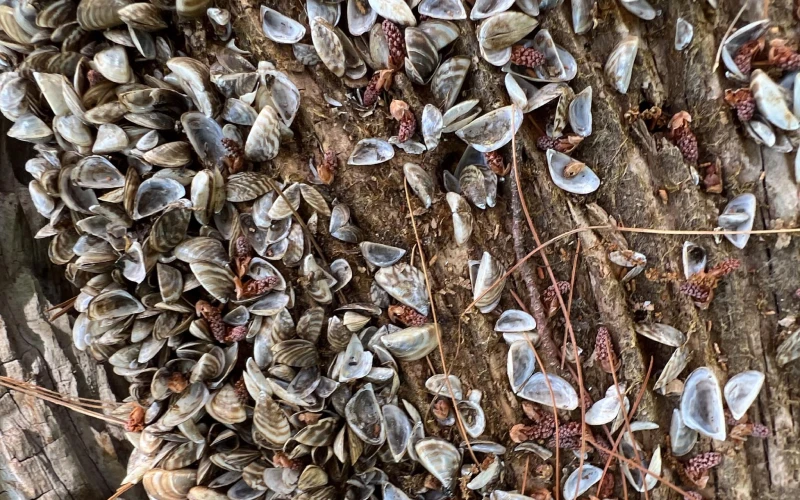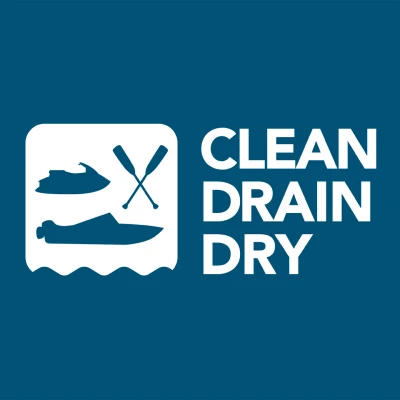How Invasive Species Impact Outdoor Recreation and Biodiversity
Trail and Habitat Damage
Invasive plants like Garlic Mustard and Japanese Knotweed overrun trails and forests, crowding out native vegetation. These changes reduce biodiversity and impact wildlife habitats, diminishing the quality of outdoor experiences.

© Caleb Catto, some rights reserved (CC BY)
Waterway Disruptions
Invasive species like zebra mussels and Eurasian watermilfoil clog waterways, damage ecosystems, and increase maintenance costs for marinas and cottage owners. These invaders also impact recreational activities like boating and fishing.

© David McCorquodale, some rights reserved (CC BY)
Economic Costs
The spread of invasive species affects tourism, fishing, and outdoor recreation industries by degrading the environments that support them. Repairing damaged ecosystems and infrastructure requires significant resources.
Best Practices for Outdoor Enthusiasts
Adopt Tailored Take Action Programs
Invasives Canada offers programs designed to align with your favourite pastimes:

Play Clean Go
For hikers, cyclists, campers, and trail users, this program encourages cleaning your gear and boots to prevent the spread of invasive plants and seeds.

Clean Drain Dry
Watercraft users and anglers can follow these steps to prevent invasive species like zebra mussels from traveling between lakes.

Buy Local Burn Local
Campers can source firewood locally to reduce the spread of invasive pests like emerald ash borer, hemlock woolly adelgid, and Asian long-horned beetle.

Squeal on Pigs
Hunters can report sightings of wild pigs to help control this destructive species.
Partner with Local Organizations
Invasives Canada chapters collaborate with regional groups to manage and promote awareness of invasive species. Cottage associations, marinas, and outdoor clubs across Canada also play a role by sharing resources and encouraging members to take action.
Join Local Efforts
Volunteer with local invasive species councils or environmental organizations to participate in removal projects or habitat restoration efforts.
Stay Informed and Report Sightings
Use tools like iNaturalist to report invasive species you encounter. Early detection helps authorities respond quickly and protect ecosystems. Find out what tools are used in your province/territory to report invasive species.
Prevent Contamination
Take Action Today
Every outdoor adventure is an opportunity to protect Canada’s natural beauty. Follow tailored programs like Play Clean Go and Clean Drain Dry, support your provincial/territorial invasive species council, and report invasive species to help preserve the landscapes and waterways that make Canada such an incredible place to explore.
